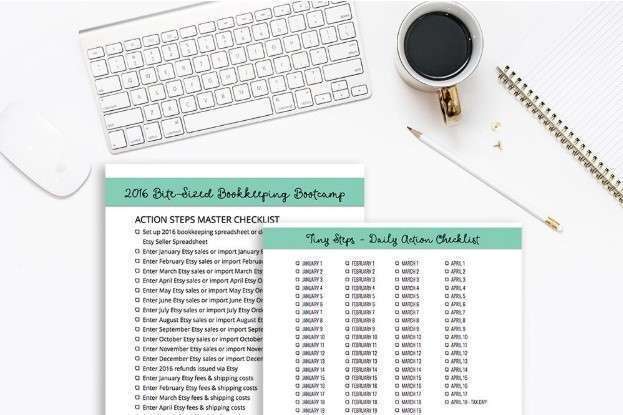Contingent Liabilities Meaning, Examples, and Accounting Entries

For example, in legal disputes, they evaluate the likelihood of an unfavorable outcome and estimate the potential settlement. This often involves consulting legal counsel and considering historical case outcomes. The reason contingent liabilities are recorded is to adhere to the standards established by IFRS and GAAP, and for the company’s financial statements to be accurate. Improperly or inaccurately recorded contingent liabilities can impact and distort a company’s financial statements, giving reviewers an incorrect impression of a company’s financial condition.
4.1.1 Accrual and disclosure required

For instance, in the case of a lawsuit, legal counsel might provide insights into the likelihood of an unfavorable outcome based on similar past cases. Contingent liabilities are those that are likely to be realized if specific events occur. These liabilities are categorized as being likely to occur and estimable, likely to occur but not estimable, or not likely to occur. Generally accepted accounting principles (GAAP) require contingent liabilities that can be estimated and are more likely to occur to be recorded in a company’s financial statements. A contingent liability threatens to reduce the company’s assets and net profitability https://www.bookstime.com/blog/sales-forecasting and, thus, comes with the potential to negatively impact the financial performance and health of a company. Therefore, such circumstances or situations must be disclosed in a company’s financial statements, per the full disclosure principle.
- While financial reporting emphasizes liabilities, potential gains from uncertain events also require careful consideration.
- Under U.S. GAAP, which is established by the Financial Accounting Standards Board (FASB), entities are required to select their accounting policies from those that are permissible under GAAP.
- Assume, on the other hand, ABC Company’s settlement amount was likely to be between $1 million and $2 million– but no specific amount within that range is more likely than any other.
- Companies operating in the United States rely on the guidelines established in the generally accepted accounting principles (GAAP).
- Contingent liabilities are recorded on the balance sheet only if the conditional event is likely to occur and the liability can be reasonably estimated.
- The matching principle of accounting states that expenses should be recorded in the same period as their related revenues.
Litigation and Legal Claims

IFRS dictates a similar recognition principle, considering the obligation likely to result in an outflow of resources embodying bookkeeping economic benefits. The difference lies in the interpretation of ‘probable,’ which IFRS views as more likely than not (greater than 50%). Entities should include estimations of the financial impact of contingencies when reasonably estimable. GAAP requires that an entity discloses an estimated amount or range of potential loss for a contingency, provided there’s at least a reasonable possibility that a loss has been incurred.

About the IFRS Foundation
It emphasizes the need for a present obligation arising from past events, a probable outflow of resources, and a reliable estimate of the obligation. This standard ensures that companies across different jurisdictions adhere to a uniform approach, enhancing the reliability of financial statements. For instance, a multinational corporation operating in various countries can provide a consistent view of its potential liabilities, facilitating better cross-border investment decisions.
If a partner agrees to settle a contingent liability, it is transferred to the debit side of a Realisation Account and credited to the Concerned Partner’s Capital Account. A pending lawsuit is a legal action that has been filed against a company but has not yet been resolved. Contingent liabilities are shown as liabilities on the balance sheet and as expenses on the income statement. Working through the vagaries when is a contingent liability recorded of contingent accounting is sometimes challenging and inexact. Company management should consult experts or research prior accounting cases before making determinations.
- For example, a lawsuit may create a potential liability for the company depending on the outcome of a court decision.
- Therefore, a contingent liability is the estimated loss incurred based on the outcome of a particular future event.
- Companies are required to provide detailed information about the nature, potential financial impact, and likelihood of these liabilities in the notes to the financial statements.
- As part of obtaining permission to construct the platform, Rey Co has a legal obligation to remove the asset at the end of its 25-year useful life.
- A provision is measured at the amount that the entity would rationally pay to settle the obligation at the end of the reporting period or to transfer it to a third party at that time.
- A contingent liability is a liability that may occur depending on the outcome of an uncertain future event.
Contingent liabilities are those that depend on the outcome of an uncertain event. Hence, contingent liabilities carry much uncertainty and risk to each side of the parties involved until resolved on a future date. For contingent liabilities, the accounting treatment is different from most other types of more standard liabilities. In the case of possible contingencies, commentary is necessary on the liabilities in the footnotes section of the financial filings to disclose the risk to existing and potential investors.
If a contingent liability is deemed probable, it must be directly reported in the financial statements. Nevertheless, generally accepted accounting principles, or GAAP, only require contingencies to be recorded as unspecified expenses. For contingencies with a wide range of possible outcomes, companies must outline the factors contributing to uncertainty, such as pending regulatory investigations, unsettled tax positions, or contractual disputes. Under ASC 450, which superseded SFAS 5, companies should disclose whether the resolution of a contingency is expected within the next reporting period or remains an ongoing risk. If a company is engaged in settlement negotiations, financial statements should clarify whether discussions are progressing or if a prolonged legal battle is likely.

IAS 37 emphasizes the importance of probability and reliable estimation in recognizing provisions and requires detailed disclosures about the nature and potential financial impact of contingent liabilities. Similarly, the FASB’s Accounting Standards Codification (ASC) 450 provides guidance on the accounting for contingencies, including the recognition and disclosure of contingent liabilities. Both IFRS and FASB guidelines aim to enhance the transparency and reliability of financial statements, providing stakeholders with a clear understanding of the potential risks and uncertainties that companies face. They are potential liabilities that may arise from past events or from existing conditions, but whose existence will only be confirmed by the occurrence of one or more uncertain future events. These liabilities are not recorded in the financial statements of a company, but they are disclosed in the notes to the financial statements.
If it is probable that the company will lose and the amount can be estimated, a journal entry is prepared to debit Loss from Lawsuit and to credit Lawsuit Payable. If it is possible but not probable that the company will lose, the journal entry is not made but instead there will be a footnote disclosure. If the lawsuit is remote (a nuisance suit without any merit), there is no need for a journal entry and no need to disclose the lawsuit.